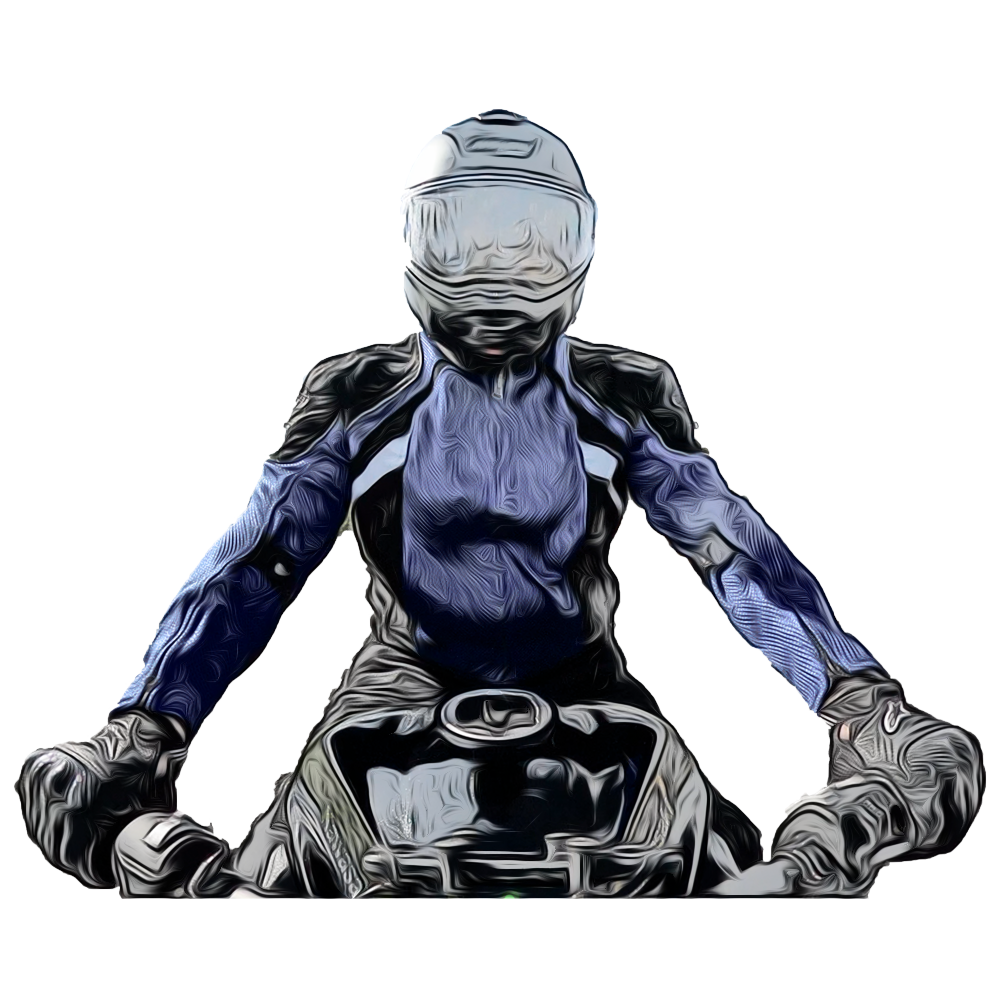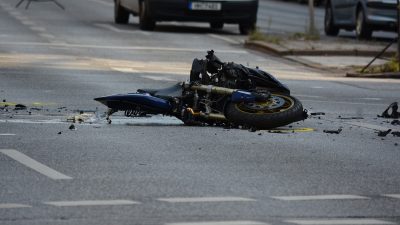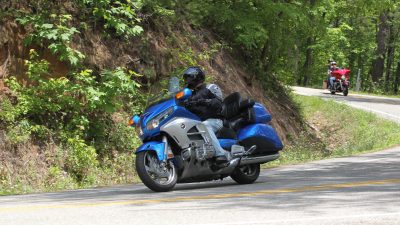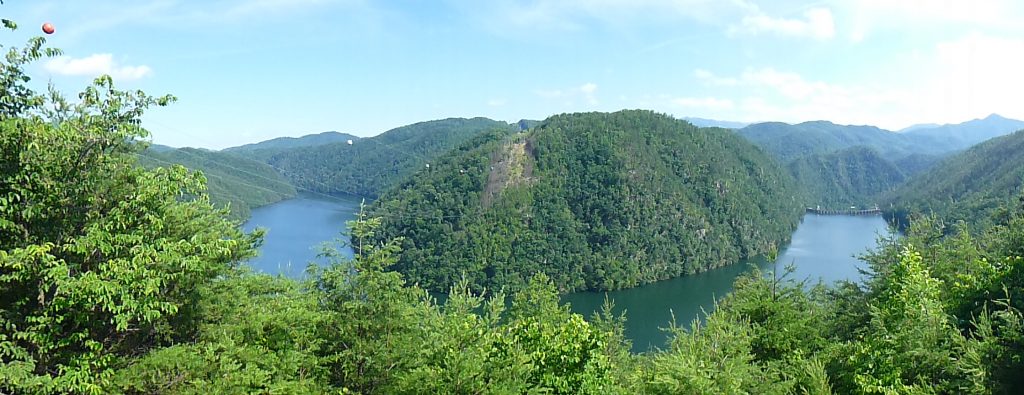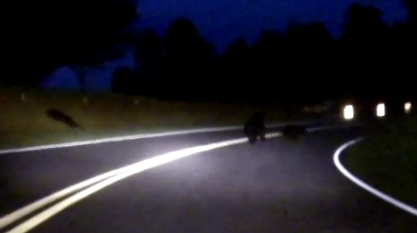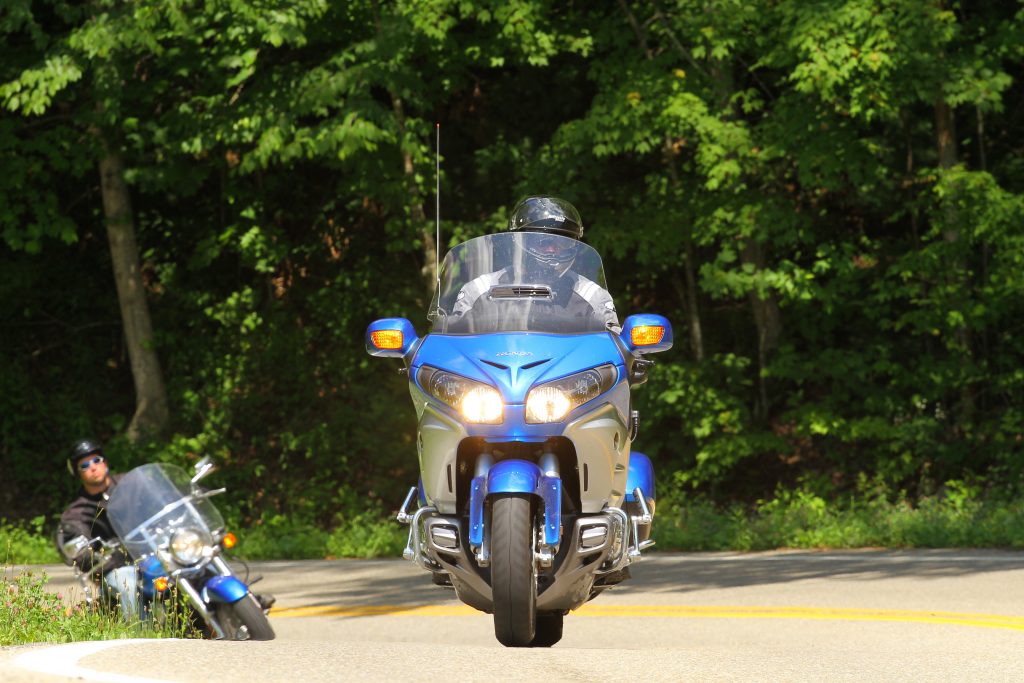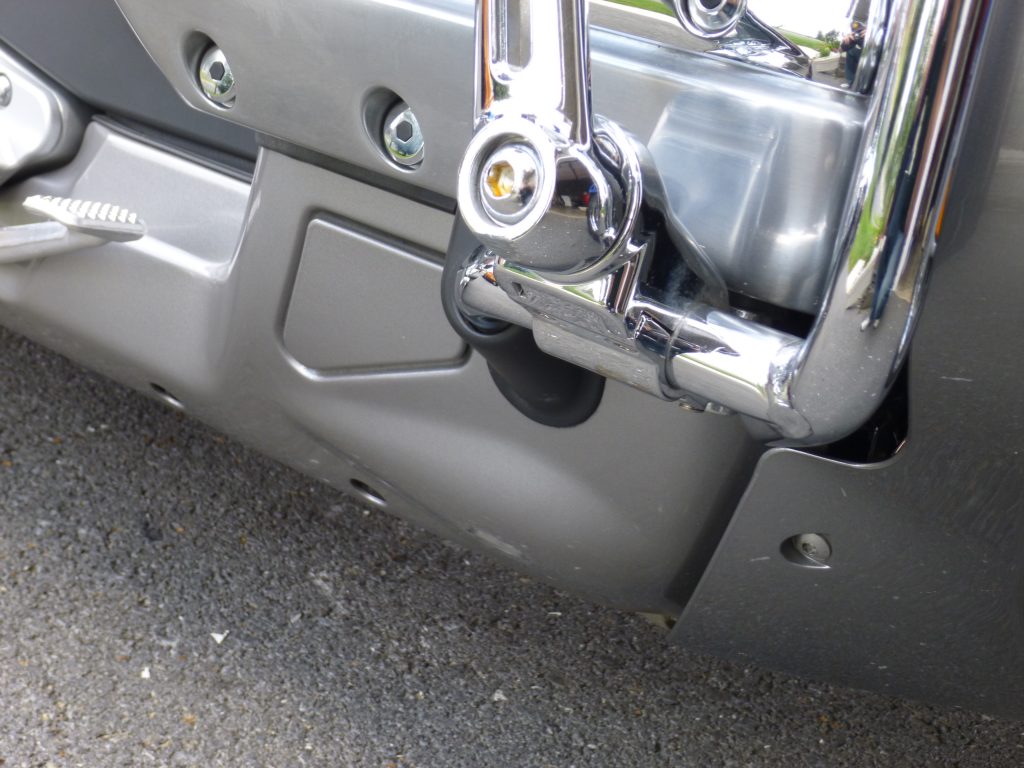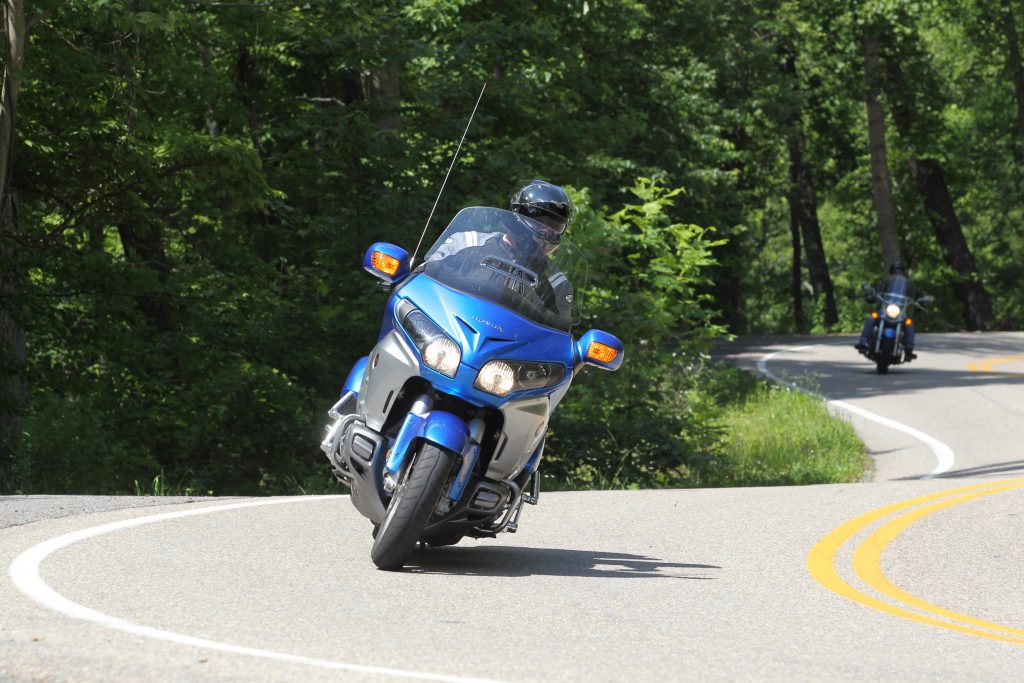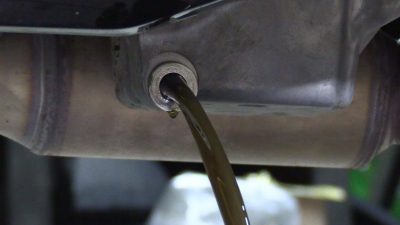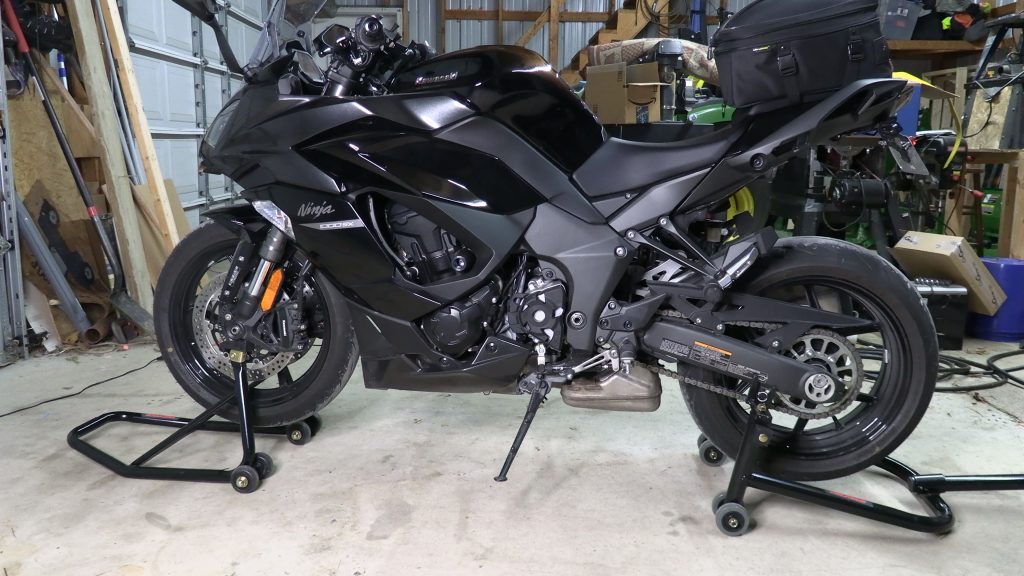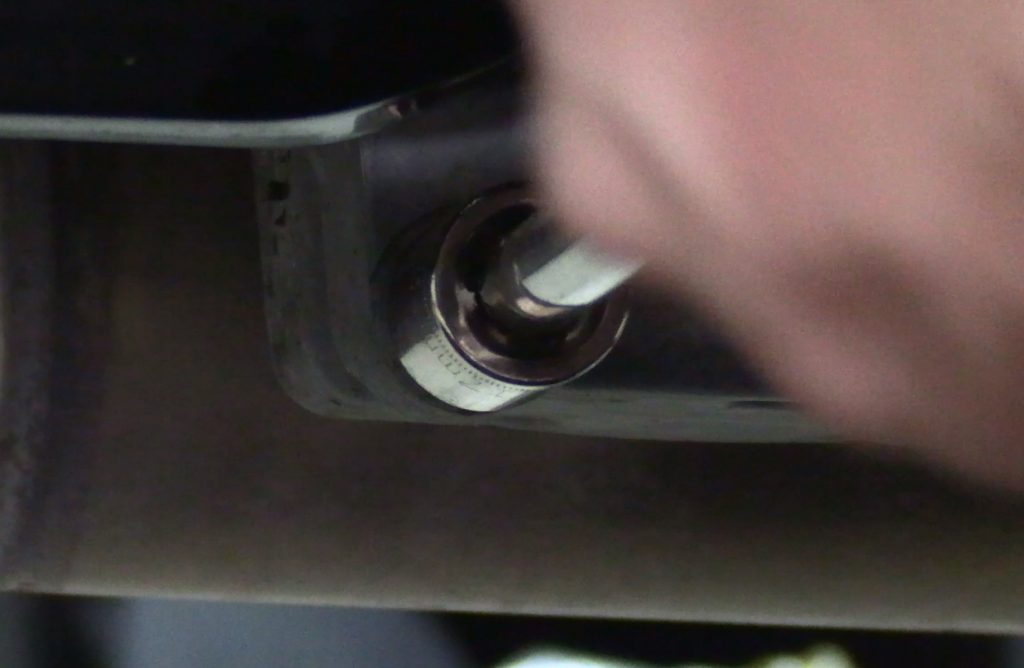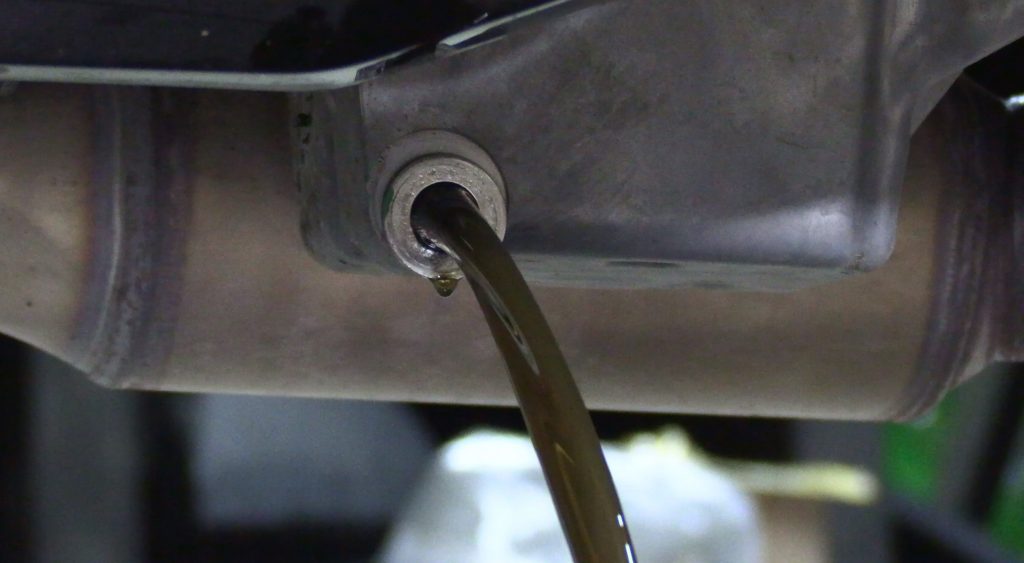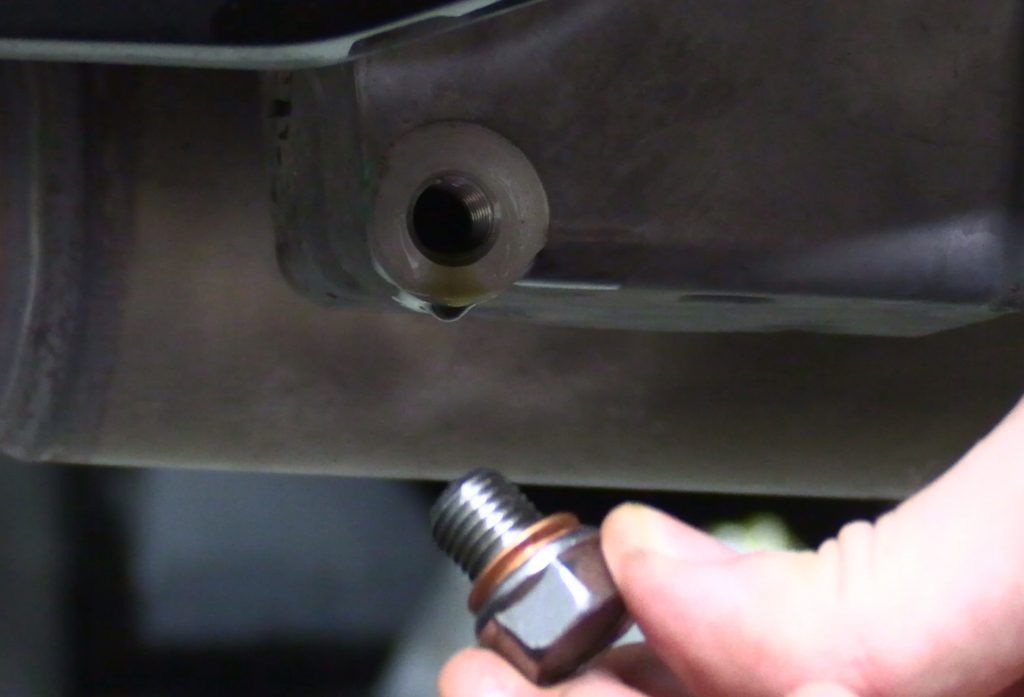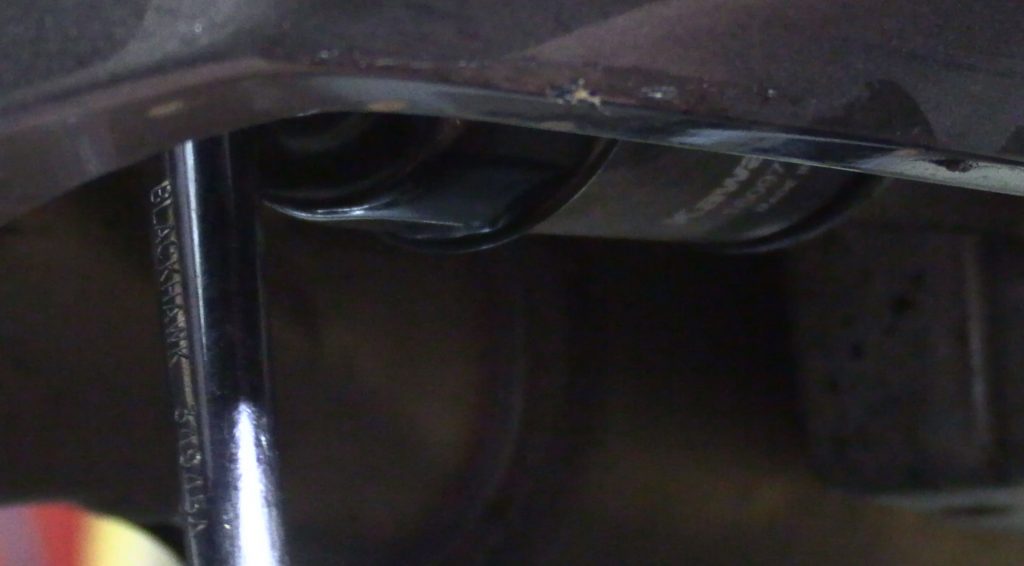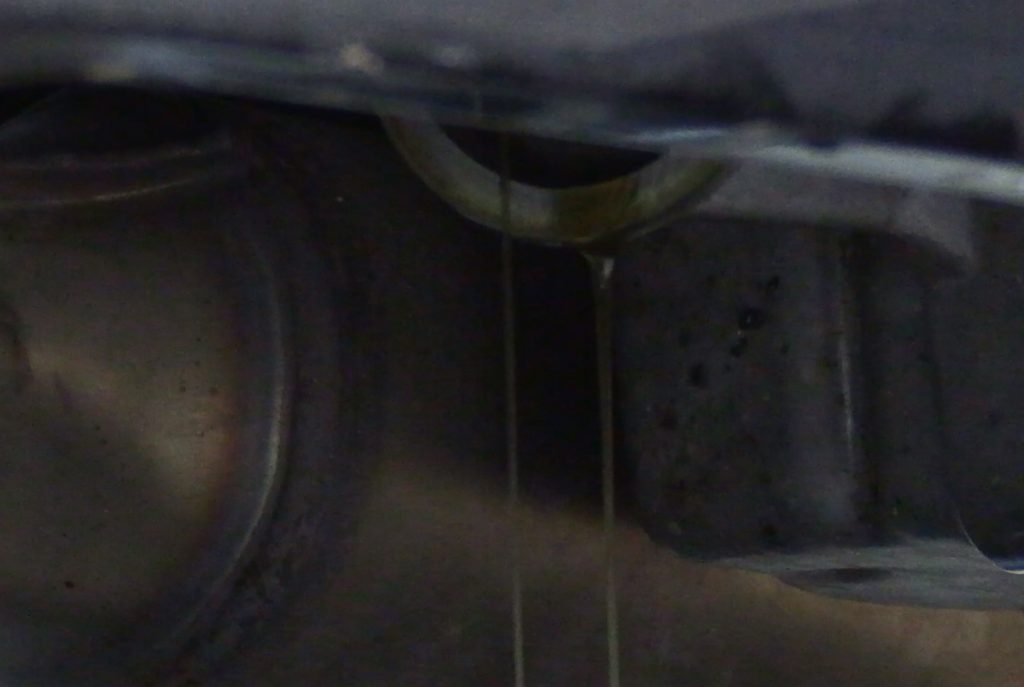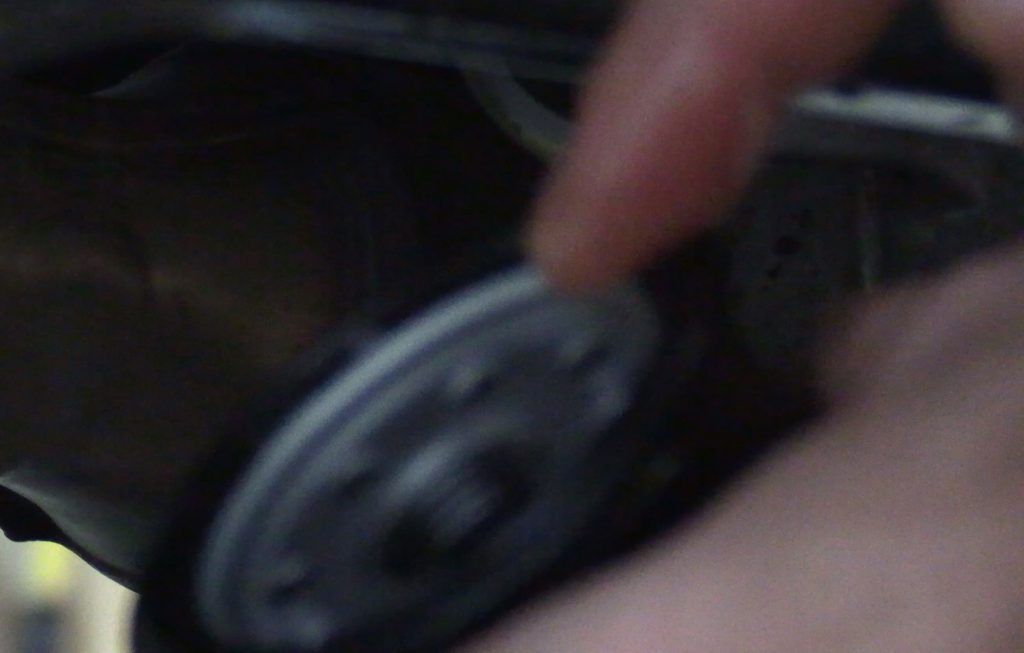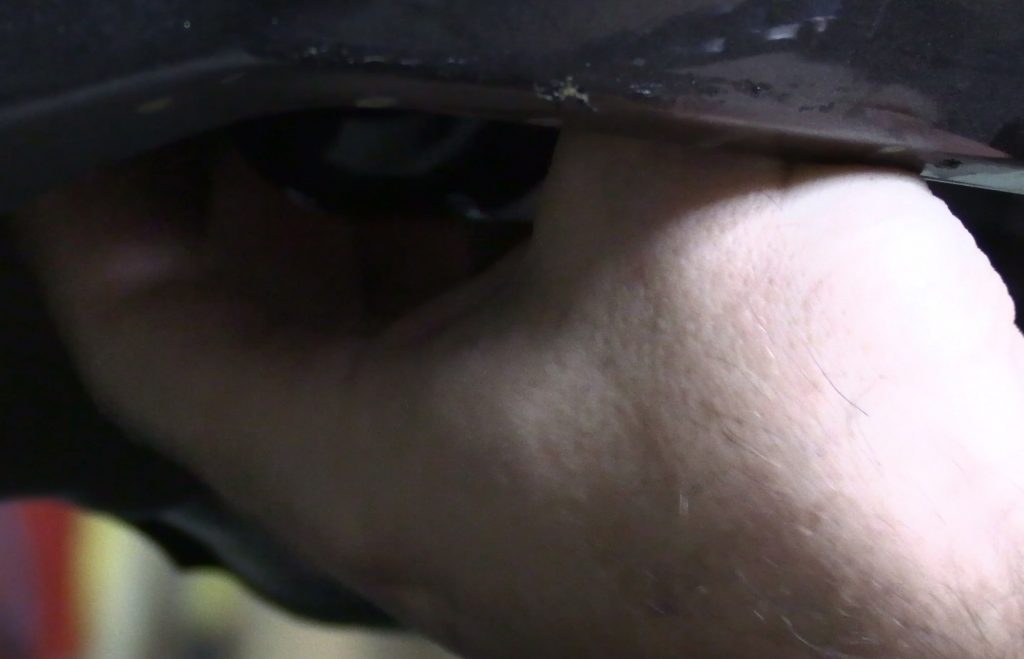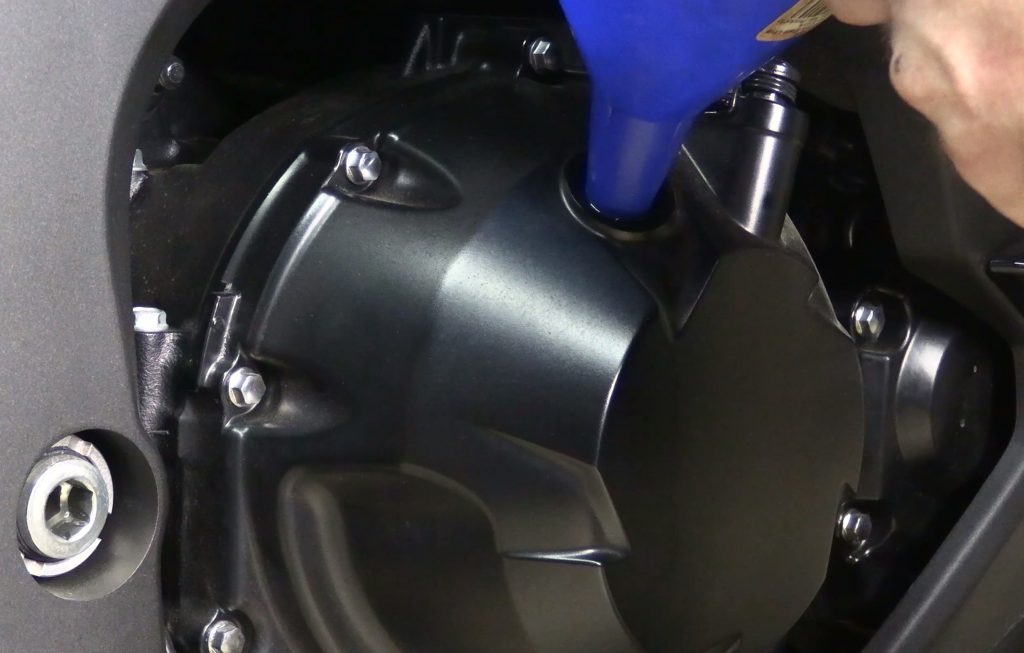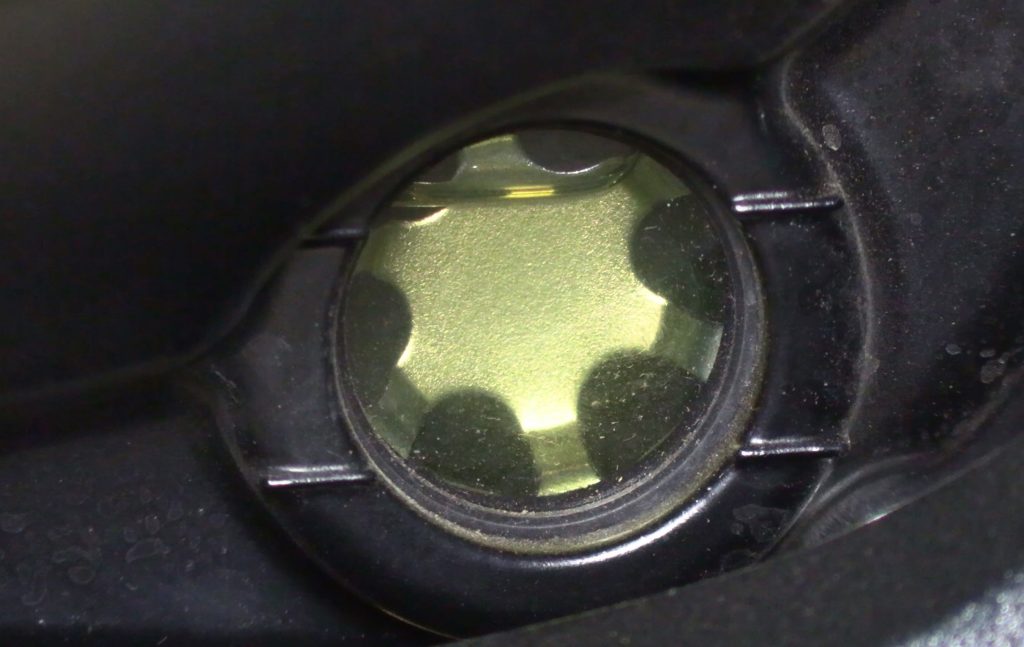This post is more of a rant than anything else, but it needs to be said. Motorcycle riders get a lot of hate toward them. I am not sure why, but they do. Sure, there are a few bad apples out there, but that is true for anyone. Police, doctors, firefighters, lawyers, general contractors and more, but for some reason motorcycles get a lot more hate – with the exception of police these days.
The thing is, most of us are considerate riders – though we are more prone to make a point when you screw up. Post after post on social media where a rider shares a video of a car obviously taking the motorcycle riders right of way gets flak and hate comments with one comment being the most common, “You don’t own the road.”
Well you don’t own the damn road either, and when you pull out in front of us, turn in front of us, or when you merge into our lane with us next to you – you are performing an illegal action. That’s right – illegal! When you cause somebody to have to brake or swerve, you have taken their right of way away, and that is illegal. It is called “Failure to yield right of way.” Look it up, I’ll wait…
It doesn’t matter if you do it to a car or a bike, it is illegal. It is just more fatal or catastrophic for us motorcycle riders. See, despite what a lot of cagers (the term used for people who drive cars and never ride or have ridden a motorcycle) believe, motorcycles cannot stop quickly. You are talking about two inches of surface area on the asphalt that has to stop 400+ lbs of bike plus the rider. If the bike does grip, it is easy for the rider to go over the handle bars, or actually flip over completely. If the tires slide, it is bad because it can cause the bike to low side or high side (flip the rider off rather than lay it down). So the inability to wait five more seconds for the rider to pass may now have caused a loss of life. I’m not talking about when bikes follow too close and you brake check (another entire topic), or a deer runs out and you slap on their brakes and they rear end you – that’s just normal driver error suffered by some car and motorcycle operators.
I am talking about the failure to yield the right of way. Do you ever pull out or make a turn and hear a bike horn – probably not, most are pathetic. How about the high revs of a sport bike or the growl of a cruiser revving up to let you know that you just f**ked up. Yea, you did. They had to hit their brakes – and it doesn’t matter if they have to slam on them or just have to brake where they normally shouldn’t have – that is taking their right of way and you are at fault- and yes, if an officer sees this it will most likely result in a traffic citation.
We don’t own the road – but you guys think you do. Oh, they are small and on a bike, they’ll have to deal with it cause I’ll win. Well that mentality will make you so poor so quick because guess what – most of us have cameras now. That whole mentality of pulling out quick enough to get your rear bumper around so that it would be rear-end collision making it the fault of the person hitting you is done and gone – because if you take their right of way away, you are at fault, not them – the issue was always proving it – which now with cameras we can. And yes, we can legally record video of anything we want on public road ways because it is public and it is admissible in court for both the traffic citation you will receive, the liability of damages you will receive, and the personal injury lawsuit you will receive – or worse, wrongful death.
So to any of you who rant about motorcycles not owning the road when we share a video where someone obviously took their right of way away, I say turn in your driver’s license and don’t ever drive again, because you are obviously one of the assholes who do that or would do that. One of these times a biker is going to go down because of you, you are going to laugh, then you are going to be poor and possibly in jail (yep, you take the right of way away and it results in death its involuntary manslaughter at the minimum).
Change your attitude. Look twice. Remember, bikes cannot stop quickly and they may be moving faster than they look, but not just that – don’t take someone’s right of way away whether it a car or a bike. Just wait a few lousy seconds for a bigger opening. I cannot tell you how many times people have pulled out right in front of me and there is literally no one as far as you can see behind me. Just wait for the clearing. Save a life. Save yourself from the lawsuits. Obey the law.
Remember to always look twice too. The excuse of: “I didn’t see them,” doesn’t really work in civil court when you are facing lawsuits. Also remember we have cameras, and we use them religiously.

